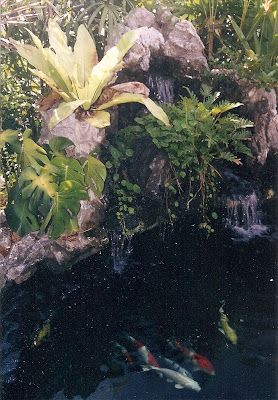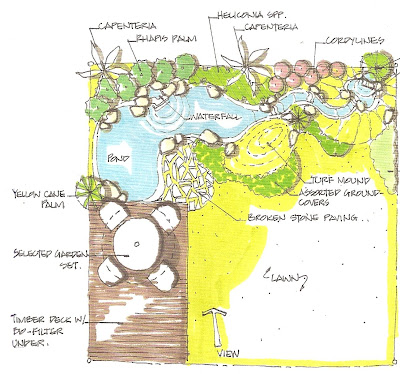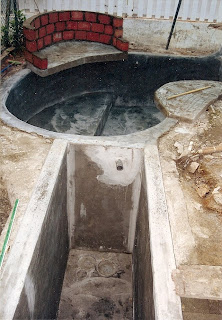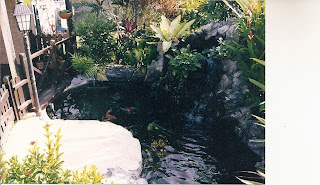Beauty is in the eyes of the beholder and how much is a Koi worth or how much you need to pay for a Koi is pretty much dependent on what value you place on a Koi that you fancy.
In general, price of a Koi can range from free-of-charge to tens of thousands of dollars.
During the breeding cycle, baby Koi are regularly selected by the breeders based on their potential to grow into a champion Koi. The selected Koi are well fed and kept in special ponds with the right conditions to maximise the chance that they will turn up as a future champion Koi or tategoi that can be sold for lots of money. The rejected babies are culled. Culling takes place often in the first year and breeders often discard unwanted baby Koi or sell them as fish food for predatory fish. One year old Koi that are “discarded” by breeders are sold for as low as a few dollars a piece.
At the other end of the spectrum, one year old tategoi can be sold for thousands of dollars. “Show-grade” tategoi are often those with good bloodlines (offsprings of parents who are Champions), from reputed breeders in Japan and are of the Kohaku, Sanke and Showa varieties. In the last Koi show held in Singapore, Koi were being auctioned off at the end of the show. There are bidders who are willing to pay up to $5000 for a 2 year old Koi. “Is a Koi worth so much money?”, you may ask. Well, for a tategoi that has the potential to mature into a future Grand Champion in Koi shows, it may be seen as a good investment. A Grand Champion or Koi that has won awards in a Koi show may be worth tens of thousand.
In between, we may get the “pond-grade” Koi that are sold for a few hundred dollars. These are usually young Koi, of excellent quality but somehow not considered by the breeders to be a potential champion or show winner. They are still good to look at and will brighten up your pond or landscape. Many Koi hobbyist would love to own a young Koi (one year old tosai or two year old nisai) and dream of the day they will grow into a champion Koi. In my opinion, they are the best Koi to buy for your pond. They will not burn a hole in your pocket and still gives you the hope and joy of seeing a young Koi matures into a show-winner. Or at least, a beautiful Koi in your pond that you can be proud of.






















